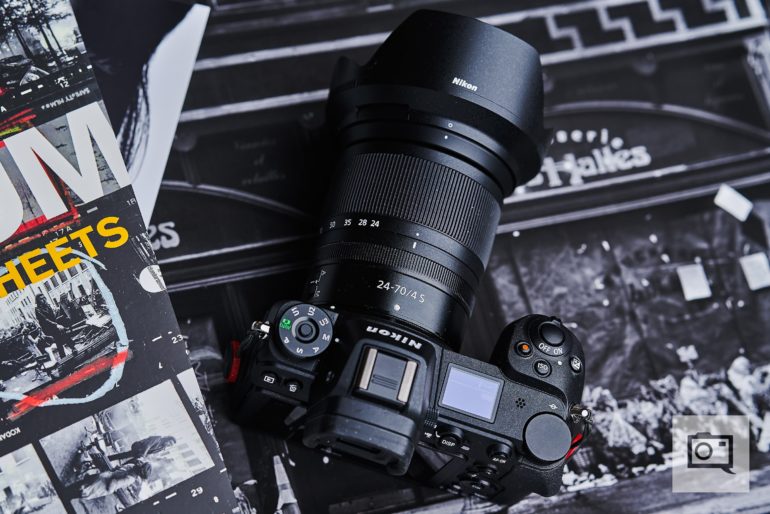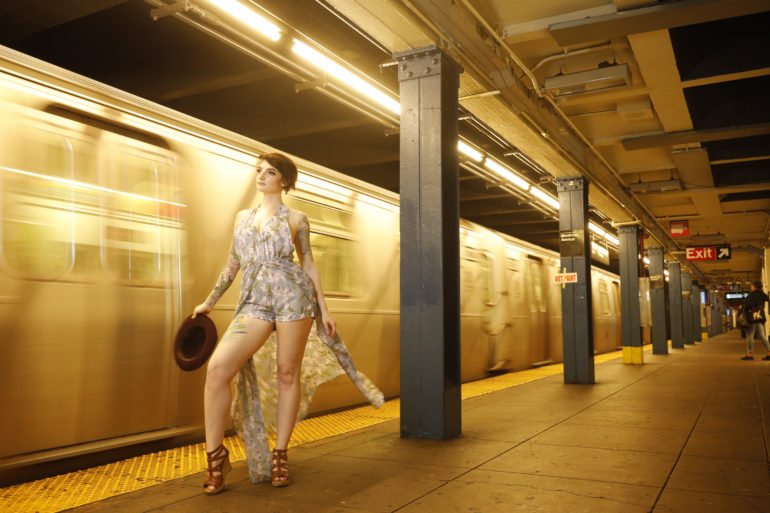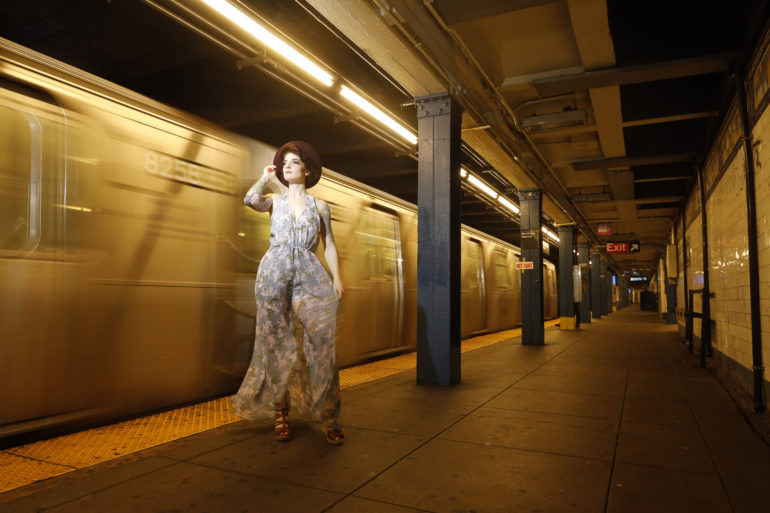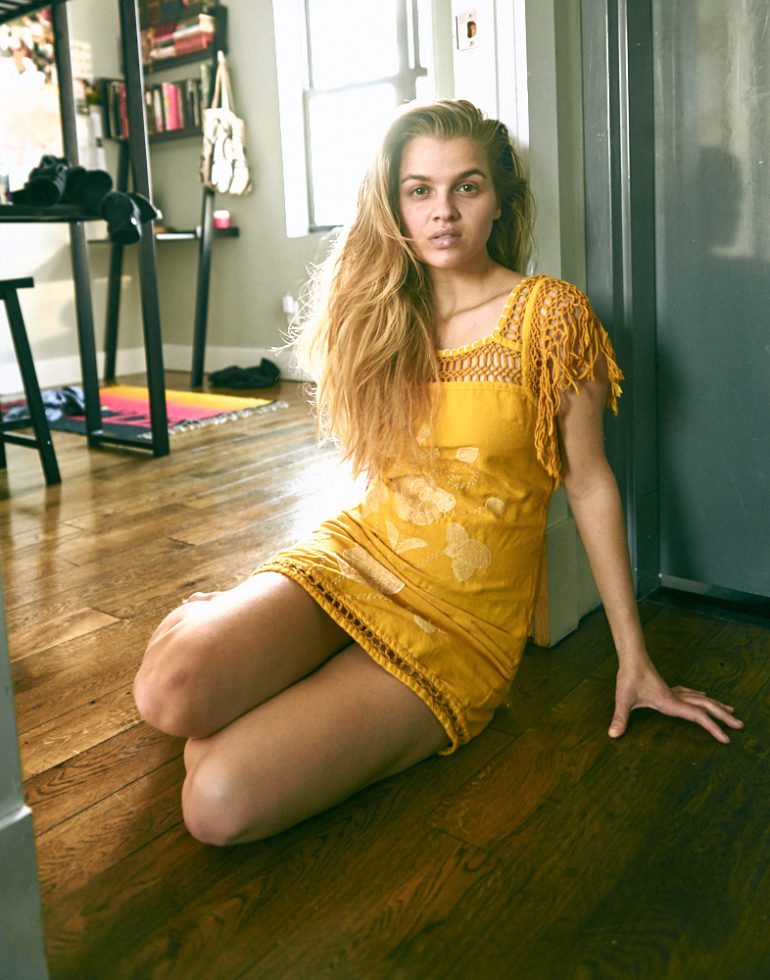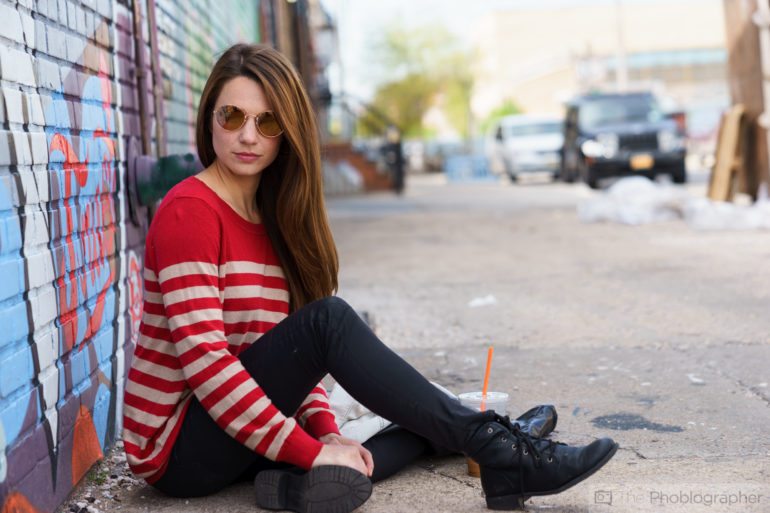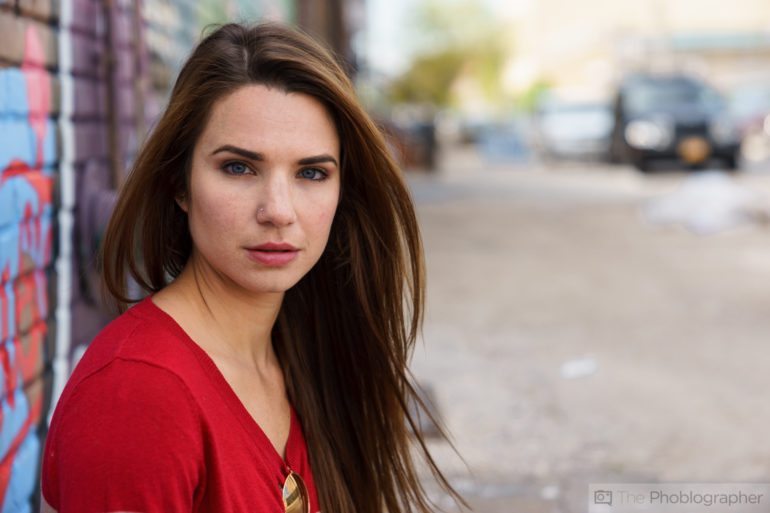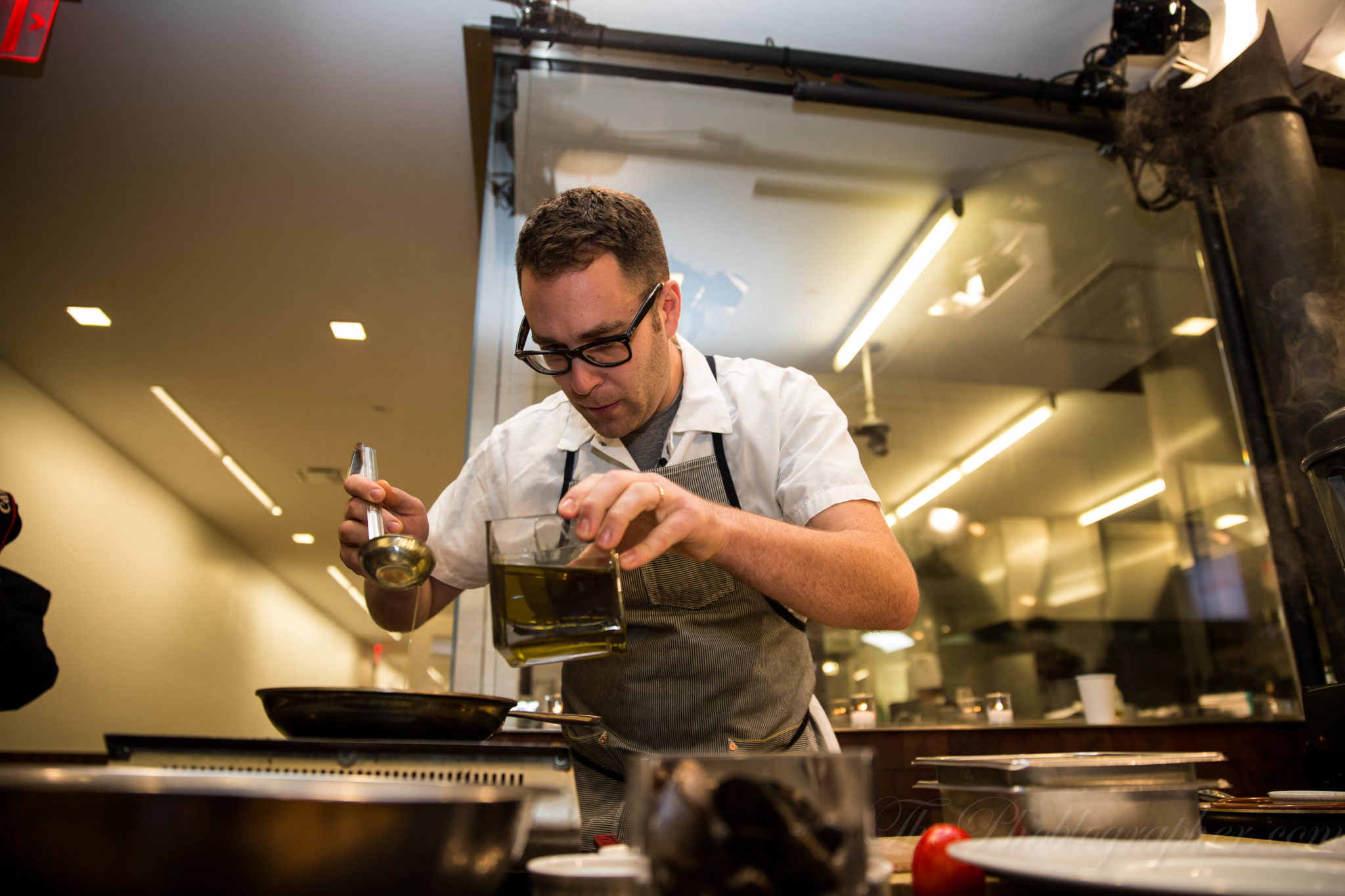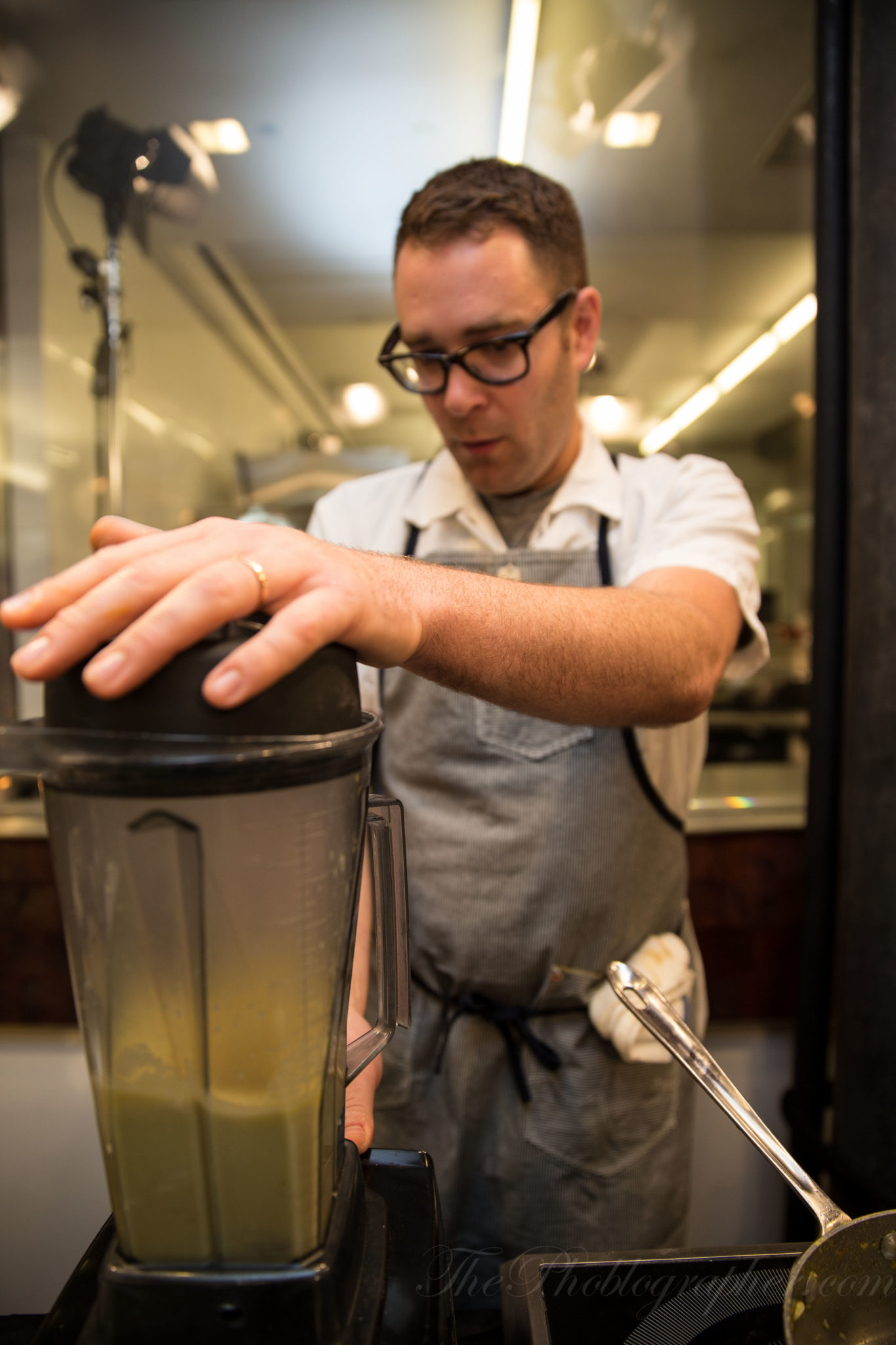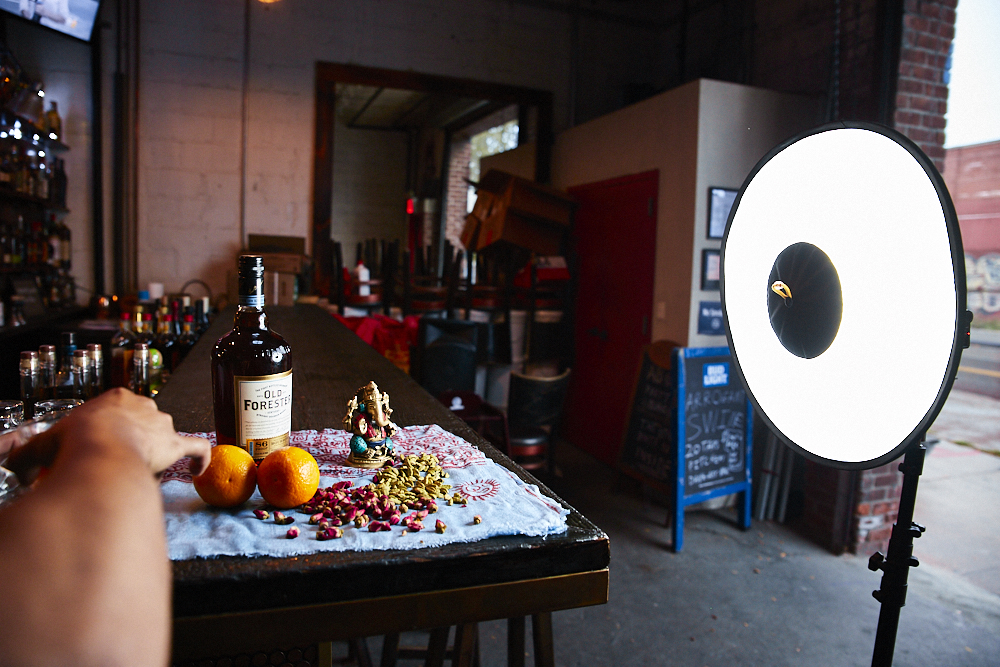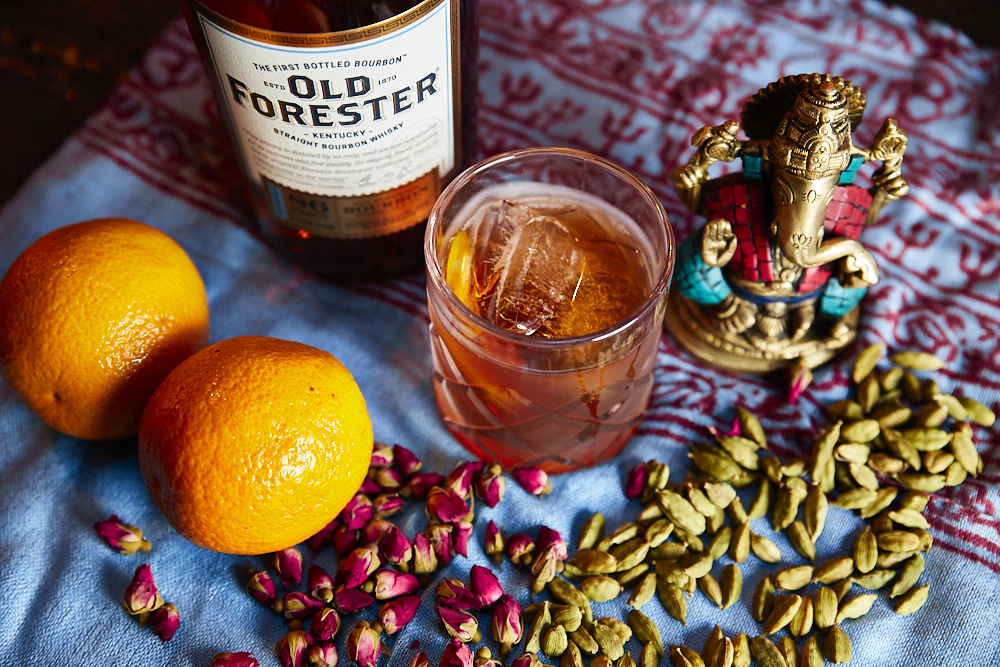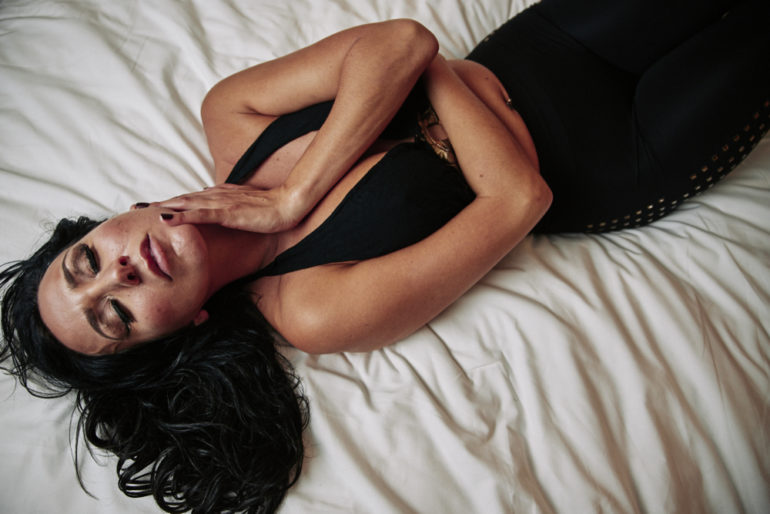Last Updated on 04/13/2023 by Chris Gampat
Advancements in technology have happened, and we’re revisiting an age old questions. One of the oldest questions photographers tend to ask themselves at some point is whether they should go for an f2.8 zoom lens or an f4 zoom lens. Both have their advantages. Most f4 zoom lenses, like a 24-70mm f4, can offer a lightweight experience for the photographer casually photo walking while giving them solid image quality at an affordable price. On the other hand, f2.8 zoom lenses can give photographers better image quality, build quality, and the much needed ability to shoot in less light with a faster shutter speed. Both options also have their own disadvantages. So to explore the idea of f2.8 vs f4 lenses, we’re invoking an older article that we published with some critical updates.
F2.8 vs F4: Quick Conclusion
If you want something that’s lighter and easier to carry, go for f4 lenses; especially if they have longer reach. If you need more light, then get an f2.8 lens or go for a prime instead.
A Faster Shutter Speed or Image Stabilization?
Most of today’s better camera systems have image stabilization built into either the lens or the sensor. So lots of photographers may say that, because of image stabilization, they really don’t need the faster shutter speed. But in practical experience, I’d beg to differ.
The stabilization can only do so much. I’ve been able to pull off usable handheld shots at around 1/10th or 1/15th of a second when that would be practically impossible (for me) without image stabilization. The following shot was made with my 24-70mm lens at 70mm, at the lenses maximum aperture of f2.8 and since the sun had just gone done and I was losing light fast, I ramped up the ISO to 800 knowing full well my Canon 5D Mark II could handle that with no problems. With all of those settings plugged in, the camera said a shutter speed of 1/10th of a second would give me about a 2/3’s overexposed image, exactly what I wanted. As you can see, hand holding a 1/10th of a second shot produced a blurry image.
Sometimes You Really Need a Slower Shutter Speed and Image Stabilization
This shoot using the Canon 24-105mm F4 L IS USM RF lens was done by both Reviews Editor Paul Ip and I. Paul tried shooting a couple of photos at 1/13th in very low lighting and with a flash going off to try to stop the motion as it was happening. The lens has many stops of image stabilization, but Paul just isn’t steady enough to handhold and shoot at that shutter speed. On the other hand, I am. In a situation like this, an f2.8 lens could have really helped him. “Raise the ISO,” you say? Well, that didn’t work with our creative vision for the shoot. We specifically needed a slower shutter speed to get more ambient light in the scene. The flash output was dictated by the aperture.
In this case, the Canon EOS R that we were using didn’t have image stabilization on the sensor. But stabilization helped at a slower shutter speed and we really needed it to blend ambient light and flash together.
More Bokeh at Wider Angles
In other situations, sometimes what you really want is a more shallow depth of field. At more telephoto apertures this isn’t really as important because any aperture at a given focal length will mean less of a subject is in focus. So with a Sony 24-70mm f2.8 G Master lens, f2.8 or f4 will both look pretty shallow at the longer end. But where it really matters is at the wider end. F4 vs f2.8 on a wider focal length is huge. At wider focal lengths, it is more difficult to get a shallower depth of field. Combine this with the image stabilization in Sony’s FE cameras and you’ve got yourself a really nice combination.
Do You Need Shallow Depth of Field for Story Telling?
Bokeh and shallow depth of field can be a very instrumental story telling device with your lens. Combined with a variety of focal lengths, it can make selecting and singling out a specific subject pretty simple. Shallow depth of field can be nice at times. But as we’ve seen with the rise of mobile devices it isn’t necessary all the time. Years ago, we shot this at a Canon event and we tried to tell stories in a specific way.
In situations like this, the images are made stronger by the shallow depth of field because I’m specifically telling you what to look at through depth of field effects. When shooting with more natural lighting, this works–even though flash was used with this story many years ago.
“One thing to remember is that focal length plays into the bokeh equation. The further the reach of the lens, the better the bokeh tends to be. This helps in comparing these two lenses the f4 can reach much further than the f2.8. Personally, I do prefer the bokeh in the f2.8. It may not reach as far but it still has a full stop more bokeh power.”
However, there are situations where shallow depth of field isn’t really needed. In the image above, I’m trying to show you a BTS image. And in all honesty, I could have done this with my phone and showed everything in focus. So in a situation like this, shallow depth of field isn’t needed.
In fact, with the creation of the final image shallow depth of field wasn’t really needed either. It helps to deliver a creamier feeling but the lighting is really what made this shot. Arguably, this could have been done with an f4 or f2.8 lens. Again, lighting is what mattered. So if you have more effective lighting knowledge and techniques, you can find a way to create a better story with an f4 lens.
Sharpness? Is it Really an Issue?
In my opinion, no. Why do I say this? Well, facts:
- You’re probably going to sharpen the image anyway in Lightroom or Capture One
- You’re probably going to increase the contrast and clarity
- If you’re smart, then you used a flash to get some specular highlights on your subject to really bring the sharpness out.
Sharpness is really just a problem if you’re looking at an image at 100%. Your clients, I guarantee you, aren’t going to do this. And you’re most likely not going to deliver full sized images either.
My Personal Answer
To be very honest with you, I don’t own a single zoom lens, I only own prime lenses. Some of the staffers own zooms, but I’ve never found them useful. I’d prefer a more shallow depth of field. A more open aperture means less light comes from my flashes means that I’m working my lights a lot less. Even when I use zoom lenses, I end up only going to certain focal lengths anyway.
My conclusion: I think that the f2.8 vs f4 zoom debate really depends on a few things more so:
- Reach: Do you need a longer lens or a wider lens?
- Stabilization: How much coffee were you drinking and are you exercising good hand-holding habits when shooting?
That’s it. Modern high ISO output is also all very good.
It’s a stop of light, which can mean using a higher ISO or a slower shutter speed. So for most of us, yes. There is indeed a big difference.
It’s one stop of light. It’s the difference between using ISO 200 and ISO 400. It’s a very big difference when it comes to doing studio portraiture with strobes.
A single stop of light. Check your camera settings to see if you’re using half stops, third stops, quarter stops, or full stops.
It really depends on the event. In our personal experience, you’re better off reaching for a fast prime instead. But f2.8 with a flash can be excellent.


![F4 vs. F2.8 Zoom Lens: Which One to Choose [Full Analysis] Chris Gampat The Phoblographer Tamron 24-70mm f2.8 Di VC USD II review product images (1 of 9)ISO 4001-125 sec at f - 2.8](https://www.thephoblographer.com/wp-content/uploads/2017/10/Chris-Gampat-The-Phoblographer-Tamron-24-70mm-f2.8-Di-VC-USD-II-review-product-images-1-of-9ISO-4001-125-sec-at-f-2.8.jpg)
